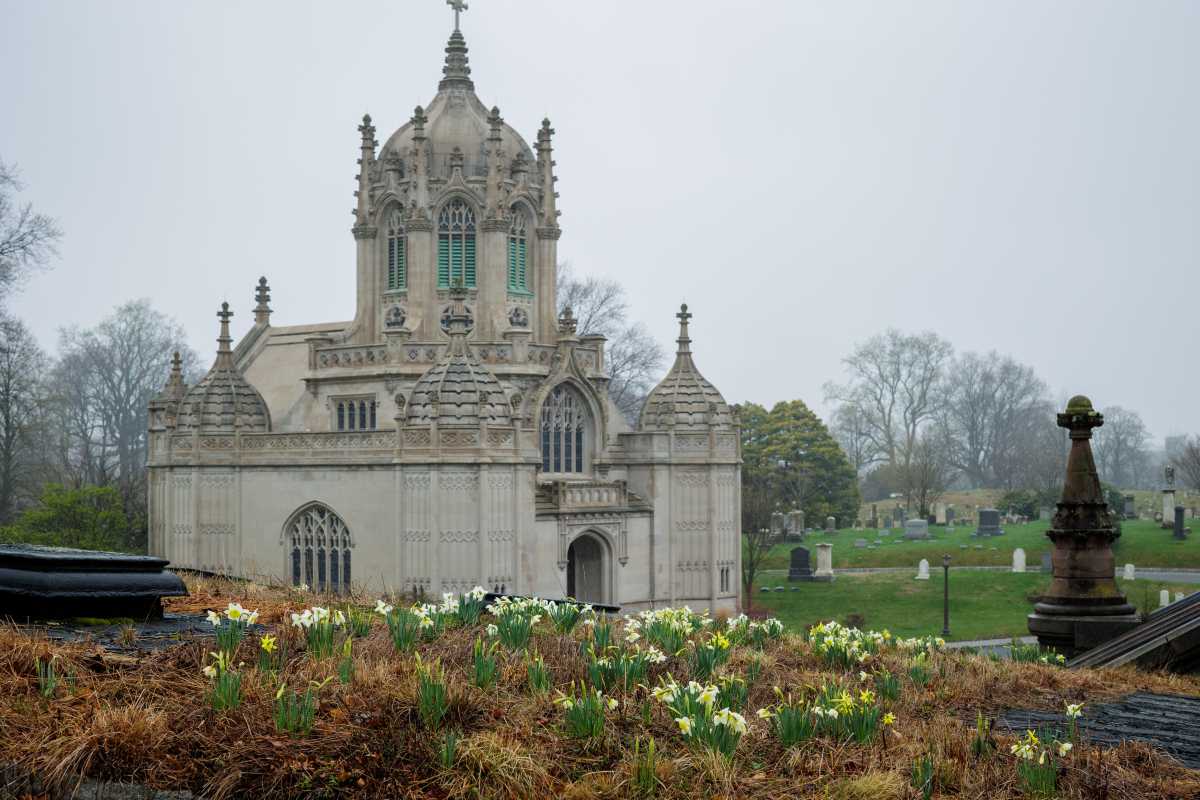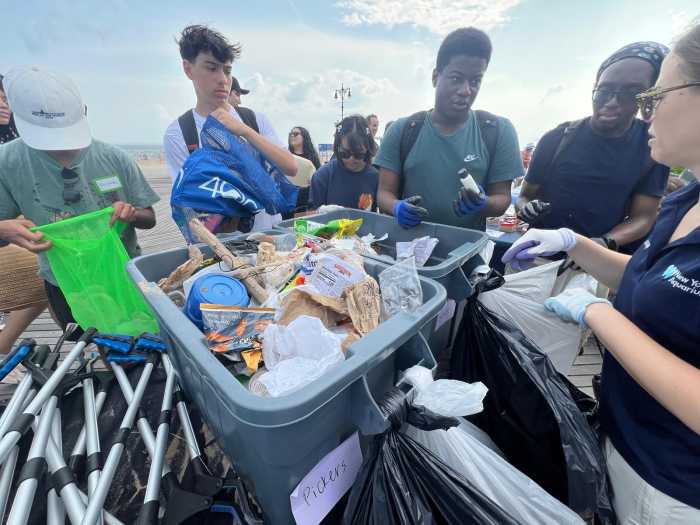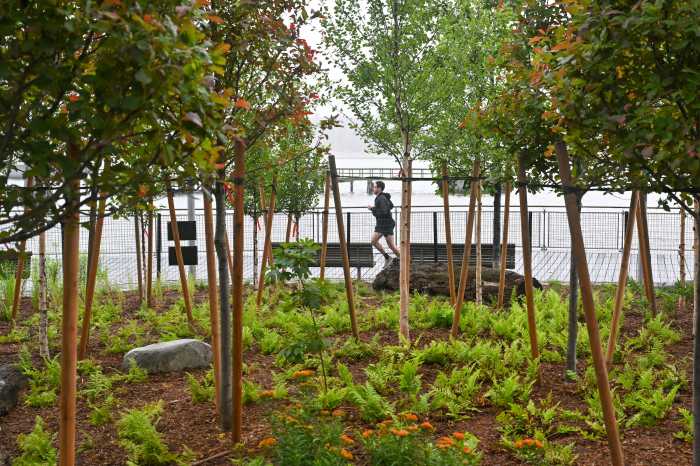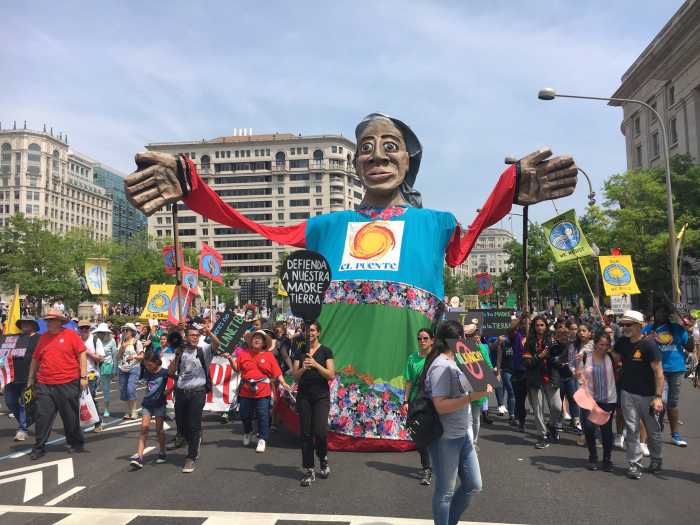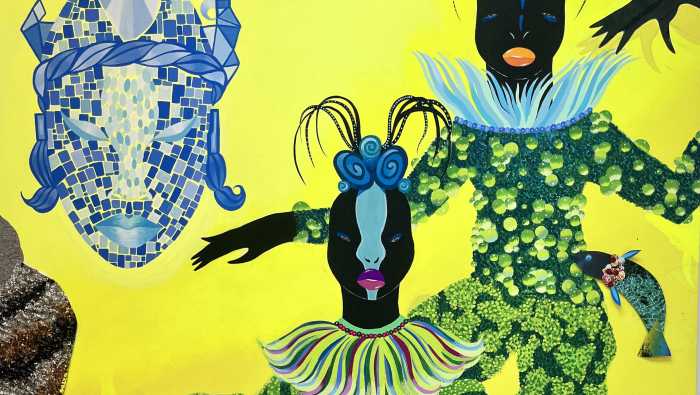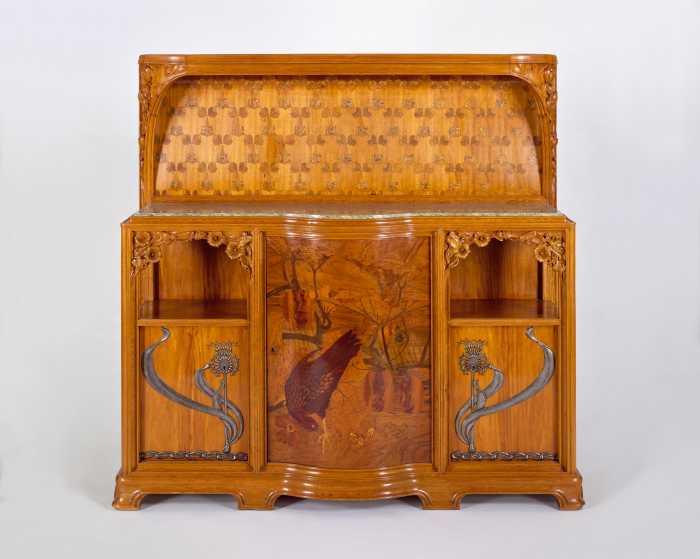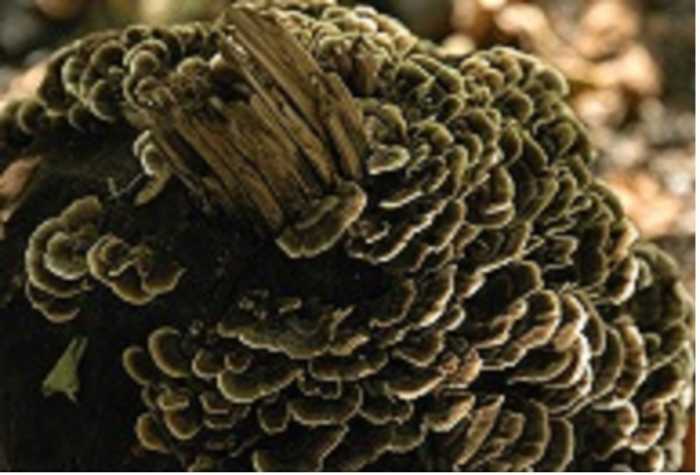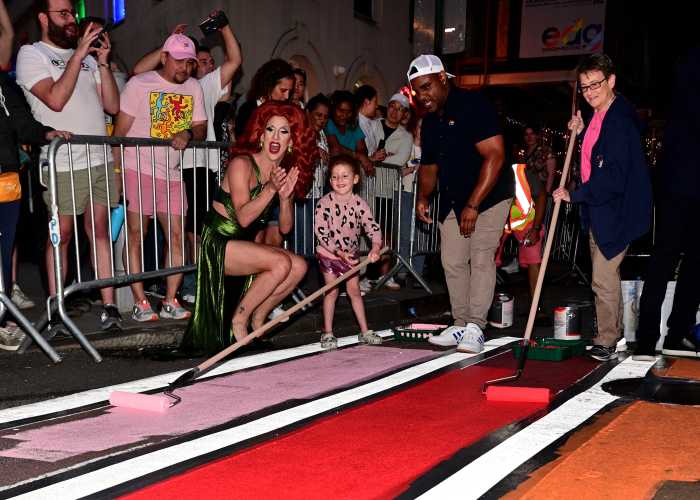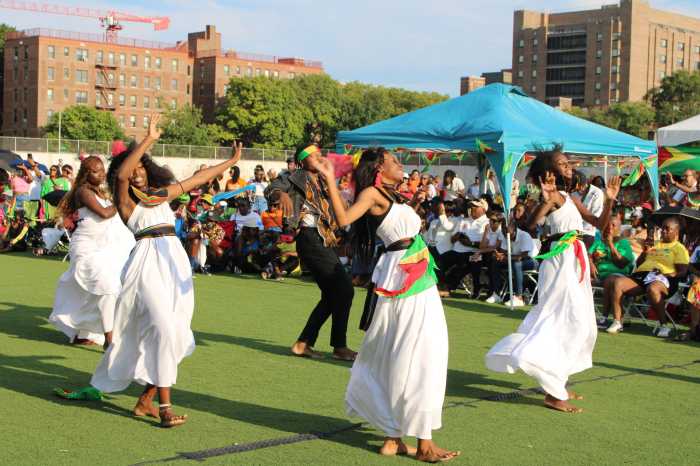Just as the city is reawakening after months of winter, so are the delicate sprouts of native grasses and wildflowers in the micro-urban grasslands of Green-Wood Cemetery.
Visitors may notice a stark difference between grave plots along Green-Wood’s peaceful paths. Some public lots are almost entirely obscured by tall grasses, while just a few feet away, private ones sit surrounded by perfectly trimmed lawns.
The contrast of neat private lots with trimmed traditional grass next to public ones that look like nature has taken over has led to some strong reactions.
It’s all part of the Rethinking Urban Grasslands project, which started in 2017 in partnership with Cornell University. The project aims to curb the growth rampant, invasive, warm-weather-loving Bermuda grass while using fewer resources to manage the land and protect headstones against damage from lawnmowers. That effort includes regenerating plots that have been covered by the manicured grass for decades.
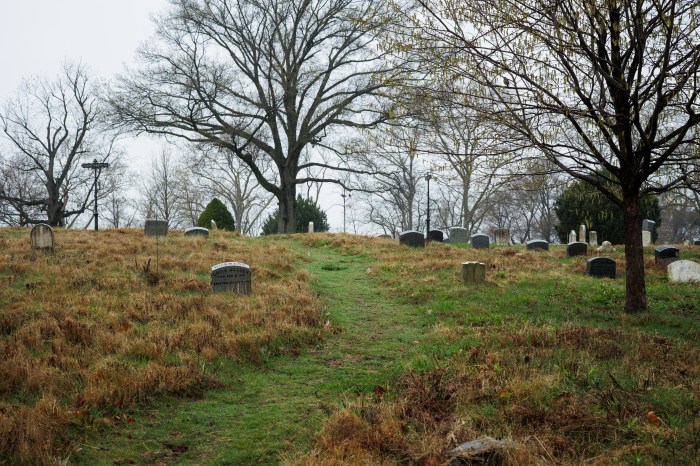
Bermuda grass was introduced in the U.S. in the 1700s and has since spread throughout the entire country, including to Green-Wood. While it’s popular for lawns and landscaping, the grass grows very quickly and can choke out native flora and damage local ecosystems while requiring constant maintenance and mowing.
The grass thrives from being “beat up,” and lawn mowing helped propagate the grass to other areas in the cemetery. The proliferation of this grass is aided by longer warm seasons due to climate change.
“It became pretty apparent that we would probably never be able to truly eradicate it,” said Sara Evans, the Director of Living Collections and Curator at the cemetery. “ So it evolved into rethinking the design of certain areas of the cemetery.”
The project ramped up in 2022 when the team selected an “aggregate of eight different public lots” to be cleared and reseeded with wildflowers and non-invasive grasses.
Public lots were created in the cemetery as an affordable option for families who wanted their loved ones to be buried at Green-Wood. Single private graves cost up to $28,000. According to Evans, public lots tended to have smaller headstones, are some of the oldest in the cemetery, and have fewer visitors.
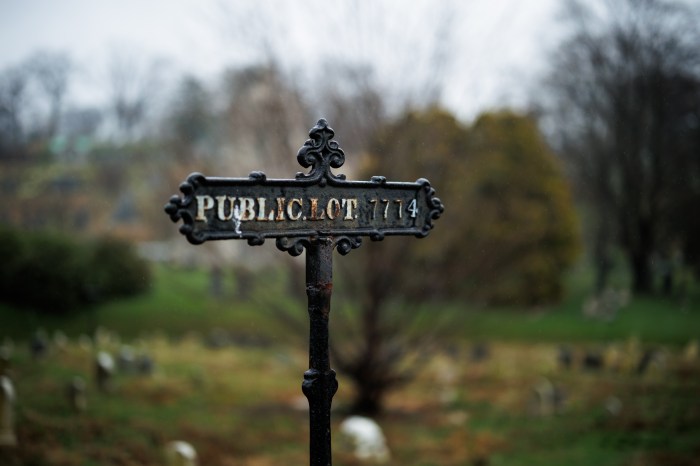
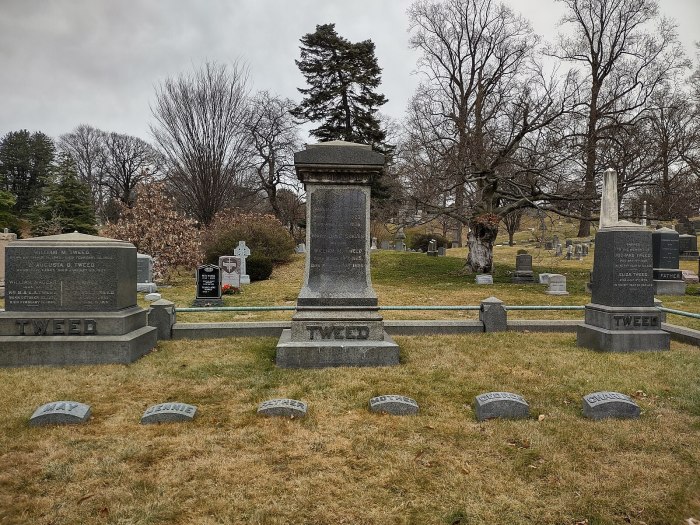
The graves in these areas are closer together than on larger private plots, and the headstones tend to be made of more delicate materials like brownstone and marble. Mowing between them graves can be difficult, leading to accidents that have damaged the headstones. Planners of the Urban Grassland Project hoped less mowing would support the preservation of the gravestones.
So the Green-Wood team started planting native flowers and grasses like bee balm, asters, and yarrow. The native plants are maintained carefully by hand — not with mowers — and grow longer and wilder than the old grass lawns.
After the first round of seeding, some visitors expressed pushback. Popular Science reported a son saying the change was disrespectful to his family; one person described it as “disheveled,” and another stated it “desecrates the final resting place of all lying in eternal [sic] slumber.”
Green-Wood did not notify the families of the plots chosen for the Urban Grassland Project. Evans stated that the cemetery was not obligated to share that information with the families and had “no way of contacting these families.”
Since the project began, two families have contacted the cemetery expressing their opposition, Evans said. For one family, the cemetery created a path for people to access the grave without “wading through the meadow.”
The other family, after learning about the change, requested the grave plot have the traditional lawn restored. The cemetery honored their request.

Three years in, the Green-Wood team is still experimenting with the density and height of the plants around the gravestones.
“ It’s kind of evolving as we’re experiencing it ourselves,“ stated Evans, “Meadows are not instant gratification, and because they do evolve over time, it’s very much an exercise in managing expectations of visitors.“
Xenia Adjoubei, an urban designer and professor at Pratt’s Graduate Architecture, Landscape Architecture, and Urban Design program, said landscapes that utilize meadows and native plants tend to be more resilient and self-sustaining. Even with the benefits, the transition to this type of landscape may need more input and involvement to get the public on board.
“ [Native species] can soak up more stormwater, alleviating the pressure on our utility systems. They support much greater biodiversity,” Adjoubei said. “ But they create this very different aesthetic, which can be seen as not prescribing to the rules.“
Adjoubei believes transparency around projects like this will lead to greater support around changes to what a cemetery traditionally looks like.
“ Some people might argue that it’s a lot more beautiful to have a wildflower meadow. And to some, it just looks unkept, and that appears to be disrespectful to the permanent residents,“ she said. “ It’s part of a process of our opinions changing. Like with many things, it’s about including people in the understanding of the benefits and better transparency for the kind of benefits that it brings for the cemetery.”
In some ways, the project has already been successful. Researchers have found new native plants previously not seen in the cemetery, according to a 2021 article by Popular Science, and surveys have found 62 native bee species at Green-Wood, most in the new meadows. Even some rare birds have started making more frequent appearances.
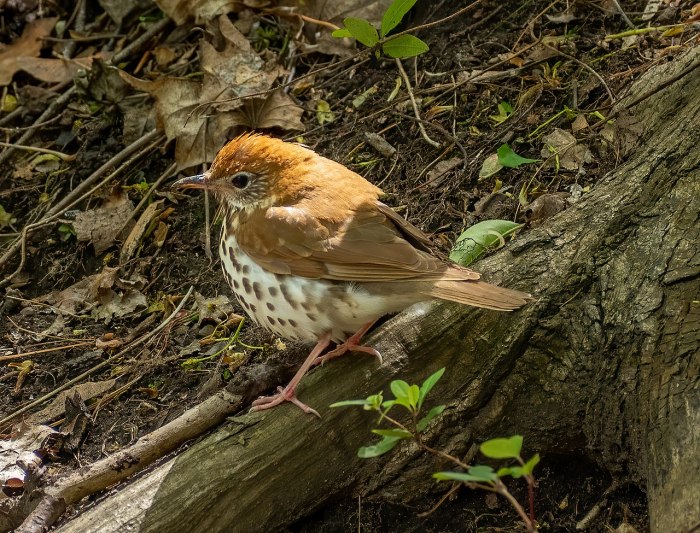
One group that has overwhelmingly welcomed the changes in the landscape has been the Brooklyn Bird Club. Their members have enjoyed an increase in bird spottings since the start of the grassland project. Dennis Hrehowsik, a member of the club, has been going to Green-Wood to birdwatch for 15 years.
“ A third of all the migratory birds that come through New York City during spring migration, they can only forage on the grounds and up to about maybe three feet. And so a lot of these birds, they’re on the edge of starvation,“ he said.
Now, more grassland species frequented the cemetery’s green spaces.
“There’s more birds here in the winter than there are in the summer. When they say birds fly south for the winter. For all the arctic species, this is south for the winter, so we’re in this really, really vital native habitat,“ shared Hrehowsik.
In 2022, Brooklyn Bird Club donated $20,000 to support the planting of more native vegetation.
As spring and summer warm Green-Wood Cemetery, the wildflower meadows and native grasses will become more prominent. The spaces, which the Green-Wood team colloquially calls the perpetual meadow, will grow thick with plants reaching around and over the headstones and buzzing with bees and birds enjoying their new habitat.


